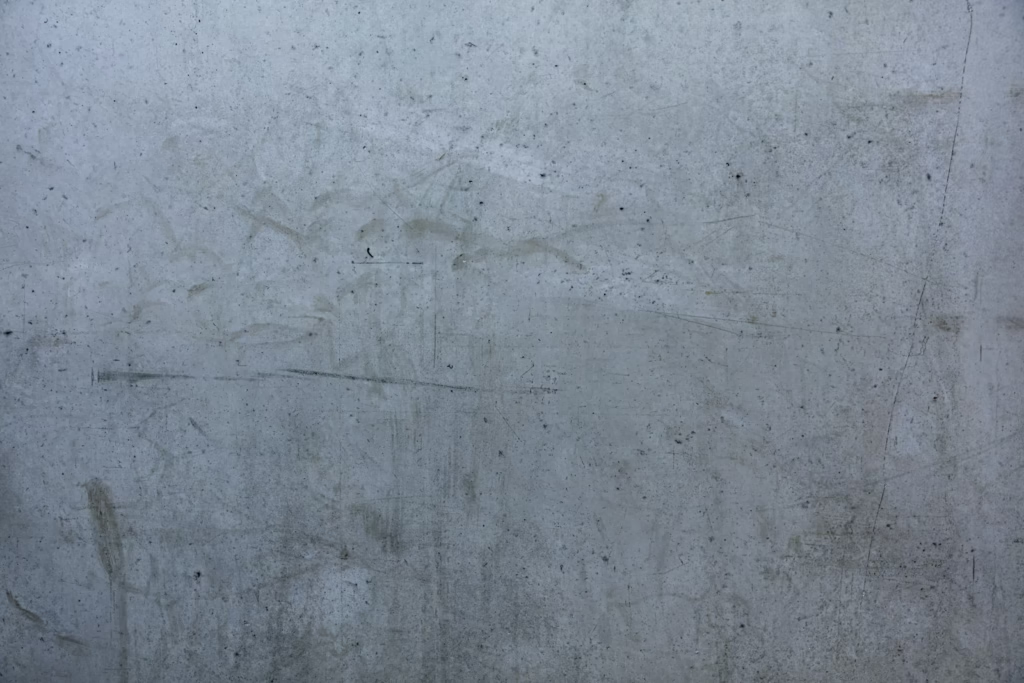Mortar is a crucial component in construction, serving as a binding material to hold bricks, stones, and other building units together. The selection of the appropriate type of mortar depends on several factors, including working conditions, hardening temperature, and moisture levels. This article explores the various types of mortar used in construction, categorized by their major ingredients.

Types of Mortar Based on Major Ingredients
1. Lime Mortar
Lime mortar uses lime as its binding material, either in the form of fat lime or hydraulic lime. Fat lime requires 2-3 times its volume in sand due to its significant shrinkage and must be slaked before use.
- Characteristics:
Lime mortar offers excellent cohesiveness and minimal shrinkage, making it durable, though it hardens slowly. It is unsuitable for water-logged or damp areas, and its primary application is in lightly loaded, above-ground parts of buildings. - Types of Lime Mortar:
- Hydraulic lime: Sets by hydration (addition of water).
- Non-hydraulic lime: Sets by carbonation (exposure to air).
- Advantages of Lime Mortar with Cement:
- Increased flexural bond strength.
- Resistance to water leakage.
- High durability and compressive strength.
- Enhanced uniformity.
2. Surkhi Mortar
Surkhi mortar replaces sand with surkhi (burnt clay) or uses it as a partial substitute in fat lime mortar. The surkhi powder must pass BIS No. 9 sieve, with no more than 10% residue by weight.
- Characteristics:
Surkhi mortar is ideal for ordinary masonry work in both foundations and superstructures. However, it is unsuitable for plastering or pointing due to the risk of disintegration over time. - Applications:
Primarily used for general construction work but avoided in finishes or moisture-exposed areas.
3. Cement Mortar
Cement mortar is made by mixing cement with sand in proportions ranging from 1:2 to 1:6, depending on the desired strength and application. Only sand is used as the aggregate because substances like surkhi and cinder are chemically reactive with cement.
- Characteristics:
Cement mortar provides high strength and water resistance, making it ideal for underground structures and water-saturated environments. - Types of Cement Mortar (ASTM Specification C-270):
- Type N: Used for exterior above-grade non-load-bearing walls and interior load/non-load-bearing walls.
- Type S: Suitable for exterior walls at or below grade and interior load-bearing walls.
- Type M: Used for heavy-load-bearing walls, especially at or below grade.
- Desirable Properties:
- Strong adhesion to building units.
- High water resistance.
- Low deformability for structural stability.
- High durability and quick setting.
- Resistance to cracking and long-lasting performance.
4. Gauged Mortar
Gauged mortar enhances lime mortar by adding cement to achieve early strength and improved durability. This mixture, also called composite or lime-cement mortar, typically uses cement to lime in proportions of 1:6 to 1:8.
- Characteristics:
It is economical, strong, and dense, combining the flexibility of lime mortar with the strength of cement. It can also be prepared using a mix of cement and clay. - Applications:
Commonly used for bedding and constructing thick brick walls.
5. Gypsum Mortar
Gypsum mortar is prepared from gypsum binding materials, such as building gypsum or anhydrite.
- Characteristics:
Gypsum mortar is known for its specific properties that make it suitable for certain construction applications, especially where gypsum-based materials are preferred.
The various types of mortar used in construction each serve specific purposes based on their characteristics and binding materials. Lime mortar, surkhi mortar, cement mortar, gauged mortar, and gypsum mortar all offer unique advantages and are chosen according to factors like strength requirements, environmental conditions, and cost considerations. Selecting the right type of mortar is essential for ensuring structural integrity and durability in any construction project.
